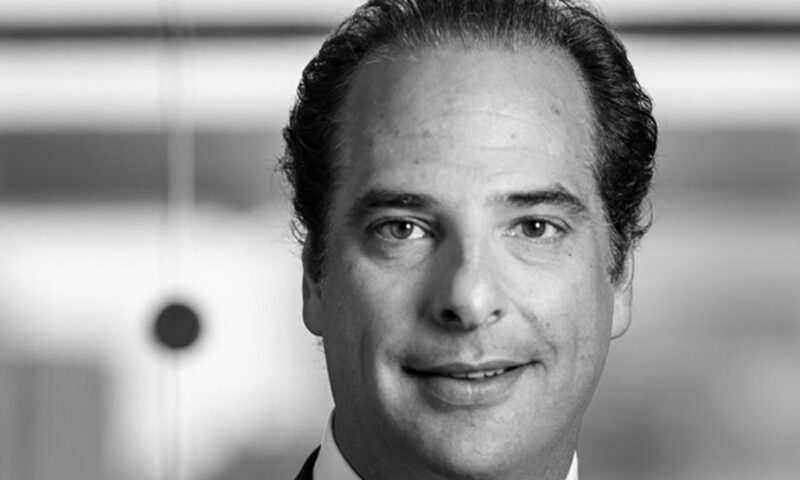
Sound is an incredibly powerful tool in filmmaking, particularly in drama films, where it often goes beyond merely complementing the visuals. It can enhance emotions, create atmosphere, and even define character experiences. While visual storytelling is crucial, sound plays a vital role in establishing mood, accentuating action, and intensifying narrative moments. Here are some of the most effective sound effects in drama films, and why they matter.
1. Ambient Sounds (Environmental Sounds)
Ambient sounds help establish the setting and bring a scene to life. In drama films, they subtly influence the mood and help immerse the audience in the world of the story. A scene could be set in a quiet, peaceful countryside, in a bustling city, or in an isolated, tense space—each setting can evoke a different emotional response depending on the ambient sounds.
For instance, the soft rustling of leaves or distant birds chirping might suggest tranquility in an outdoor scene, while the hum of city traffic or the occasional siren could instill a sense of urgency or unease in an urban setting. The sound of wind howling in a desolate area can amplify feelings of isolation or despondency. In psychological dramas, where emotions are often heightened, the use of environmental sounds can evoke subtle shifts in the viewer’s perception.
2. Dialogue and Voice-Over
In many drama films, dialogue is the primary driver of the narrative. How a character speaks, their tone, pacing, and the occasional silence between words can all contribute to the emotional weight of a scene. Subtle changes in the delivery of dialogue—like a quiver in the voice, heavy breathing, or a pause before speaking—can deepen the emotional resonance.
Voice-over narration is also a significant element in drama films. It’s often used to give the audience insight into a character’s inner thoughts, motivations, or backstory, and the sound design can elevate these moments. By manipulating tone and echo, the voice-over can convey different psychological states—such as confusion, guilt, or clarity—which aids in emotional storytelling.
3. Foley Sounds (Specific Action Sounds)
Foley sound effects are sounds created in post-production to match specific actions in a scene. The rustling of clothes, footsteps, the clinking of a glass, or the sound of a door creaking are all examples of foley. While these may seem like background details, they actually have a profound impact on the realism and immersion of a scene.
In a drama film, foley sounds can be used to emphasize certain emotions or physical movements. For example, the sound of slow, deliberate footsteps in a tense moment can heighten suspense, while the clinking of a glass can indicate a character’s nervousness or detachment. On the flip side, the lack of foley sounds in specific moments—such as a character’s breathless silence or muffled movements—can contribute to a feeling of isolation or psychological disturbance. For an online library full of foley sound effects click here.
4. Music and Score
While not technically a sound effect, the music score in drama films is inextricably linked to the sound design. Music is a fundamental tool for evoking emotion, and its integration with sound effects can transform the impact of a scene. Music doesn’t just support the story—it enhances it, working hand-in-hand with sound to guide the audience’s emotional response.
For example, a dramatic, slow build-up of orchestral strings or piano can help intensify feelings of sorrow or nostalgia, while an abrupt silence followed by a sudden, sharp note can create surprise or shock. The use of leitmotifs—recurring musical themes associated with a particular character, emotion, or event—can help to reinforce specific narrative moments.
The right choice of music and sound effects, timed perfectly, can elevate the emotional stakes of any given moment. A sudden increase in volume or intensity in the score can signal to the audience that a pivotal moment is approaching, making them more engaged in the narrative.
5. Silence
While silence might not seem like a “sound” in the traditional sense, its deliberate use can be one of the most powerful sound techniques in a drama film. Silence can be used to focus attention on a character’s inner turmoil, heighten suspense, or underscore moments of isolation.
A long pause in a conversation can indicate a character’s hesitation or inability to speak their mind. A scene that lingers in silence after a traumatic event can reflect the weight of the moment, allowing the gravity of the situation to sink in. In dramatic films, moments of silence, or the reduction of background noise, can be more emotionally intense than the loudest sound effects.
6. Sound Design for Psychological States
In psychological drama films, sound effects often reflect the internal state of a character. For example, the manipulation of sound to mirror a character’s mental decline—such as distorting voices, adding echoes, or introducing dissonant sounds—can amplify the sense of confusion or unease.
Think of the sound of a ticking clock in a scene, which can heighten the tension and reflect the character’s growing sense of urgency or anxiety. Alternatively, distorting ambient sounds, such as muffling dialogue or making sounds artificially loud, can create a sense of disorientation or paranoia.
Additionally, sudden, jarring noises can interrupt calm moments, creating a sense of instability or foreshadowing an upcoming disruption. For example, an unexpected loud bang or crash can disrupt the emotional calm of a scene and signal a shift in the narrative.
7. Reverb and Echo
Reverb and echo effects can be incredibly effective in enhancing the emotional intensity of a scene, particularly in dramatic moments where characters are facing extreme isolation or introspection. In an empty room, a single voice or sound can carry a long echo, which adds to the feeling of loneliness or abandonment. The reverberation of footsteps in a large, empty space might evoke a sense of lost time or despair.
Similarly, echo effects on dialogue can be used to suggest a fragmented or distorted perception of reality. For example, in moments of trauma or grief, a character’s speech might reverberate unnaturally, giving the impression that they are overwhelmed or detached from the present moment.
Conclusion
Sound effects in drama films serve much more than a decorative function. They are integral to shaping the audience’s emotional experience and supporting the narrative’s thematic and psychological depth. Whether it’s through ambient noises that place the audience in a specific location, foley sounds that make actions feel real, or the score that elevates emotional tension, sound is a central component in the storytelling toolkit.
The key to effective sound design is not just creating noise, but crafting sounds that resonate with the themes, characters, and tone of the film. A well-crafted soundscape adds layers of meaning, enriching the viewing experience and ensuring that the emotional impact of the drama is both felt and understood.












